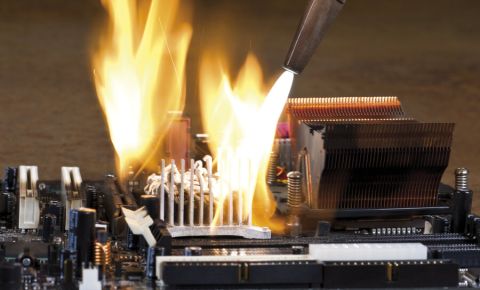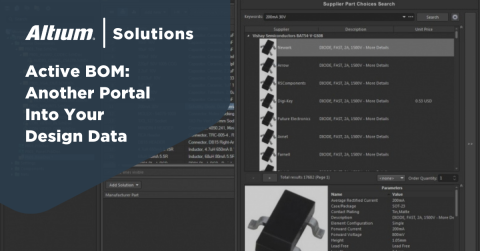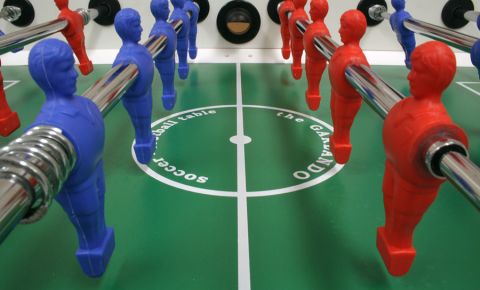Great BOM Tools for Successfully Sourcing Your PCB Electronic Components
Use your bill of materials for sourcing and supply chain management
My friends think I’m neurotic for making so many lists. I always hand-write thorough lists before heading to the grocery store, budgeting my money, or just planning out my day. While it might seem obsessive, my lists help me stay on track and let me track my goals.
Once you have finished your PCB design and you are ready to move to the testing and manufacturing phase, you will need to generate a complete list of components that will appear in your PCB. This list is a bill of materials (BOM) and it covers every component in your layout. A BOM is paramount for your manufacturer, as it contains all the information required to source the correct components and prevent production delays.
Manufacturer’s Requirements
PCB manufacturers and assemblers will require a BOM before scheduling a manufacturing run. The BOM contains the required list of components, assembly and sub-assembly instructions, and component placement instructions. But a thorough BOM goes beyond a simple list of components and part instructions. The BOM should also contain suppliers for each component, part numbers, cost estimates, availability, and lead times for each component.
Don’t be surprised when the engineering and procurement team at your manufacturer scrutinizes your BOM for obsolescence, cost, and supply chain issues. If your BOM is properly prepared, this process can be streamlined and manufacturing runs can begin that much faster.
If the procurement team identifies unavailable, incompatible, or obsolete components, you will need to swap these for an appropriate substitute. It pays to do your research ahead of time and include suitable alternate parts in your BOM. If you do this ahead of time, you prevent the need to redesign your PCB around a single missing component. It will be helpful to note whether your selected substitutes are the only acceptable alternate components or just examples.
Manage your component sources all in one place
Unfortunately, some components are absolutely critical to the functionality of your device and cannot be substituted for replacements. If a critical part is unavailable, your PCB will likely require an entire redesign.
The form factor of components is normally considered during the design phase, but you will have a second chance to evaluate form factor while preparing your BOM. As you prepare your BOM, you may find that suitable replacement components with slightly larger footprint may cost less and be easier to source in the required quantities. If the replacements will still fit within your product packaging, then it may be worthwhile to source these slightly larger components.
The Role of Design Software
Any high-quality PCB design software package should contain a BOM tool that allows you to manage the list of components that will appear on your PCB. Your BOM should also be populated directly from your layout. This requires that your software include an extensive components library with a list of suppliers, prices, lead times, and availability. This allows you to manage cost and procurement issues all in one place.
After your initial testing process, it is not uncommon to find that you will need to modify your design. You may need to change out some electronic components in order to improve the performance of your design. Once you modify your PCB layout, you will need to generate an updated BOM. Thankfully, an electronic BOM management system can streamline the entire redesign process.
Your BOM management software should be able to quickly adapt to redesigns by leveraging an extensive component library. If components are swapped, your BOM tool should automatically access your component library and automatically update based on your design changes. Once your BOM has been updated following a redesign, there will be no need to manually look up sourcing information.
Your component library will need to be updated occasionally as newer components come onto the market and as older components become obsolete. Some components will have supply chain issues or price changes that need to be resolved. Your BOM management software should then provide you with any warnings related to sourcing the components you need for your PCB design.
Use your component to track alternate component sources
If you don’t have a thorough component library that includes supplier and availability information, you will need to determine availability each component on any number of electronic component distributor websites. This can be very time consuming on boards that have a large number of components, and a thorough component library integrated into your design software can be a huge time saver.
The ActiveBOM tool in Altium Designer can help you efficiently manage your BOM and your supply chain. It contains all the necessary features above such as real-time communication with suppliers and updating of components, as well as easy access for multiple departments to download output files.
If you need an easier way to keep track of your BOM, talk to an Altium expert.










